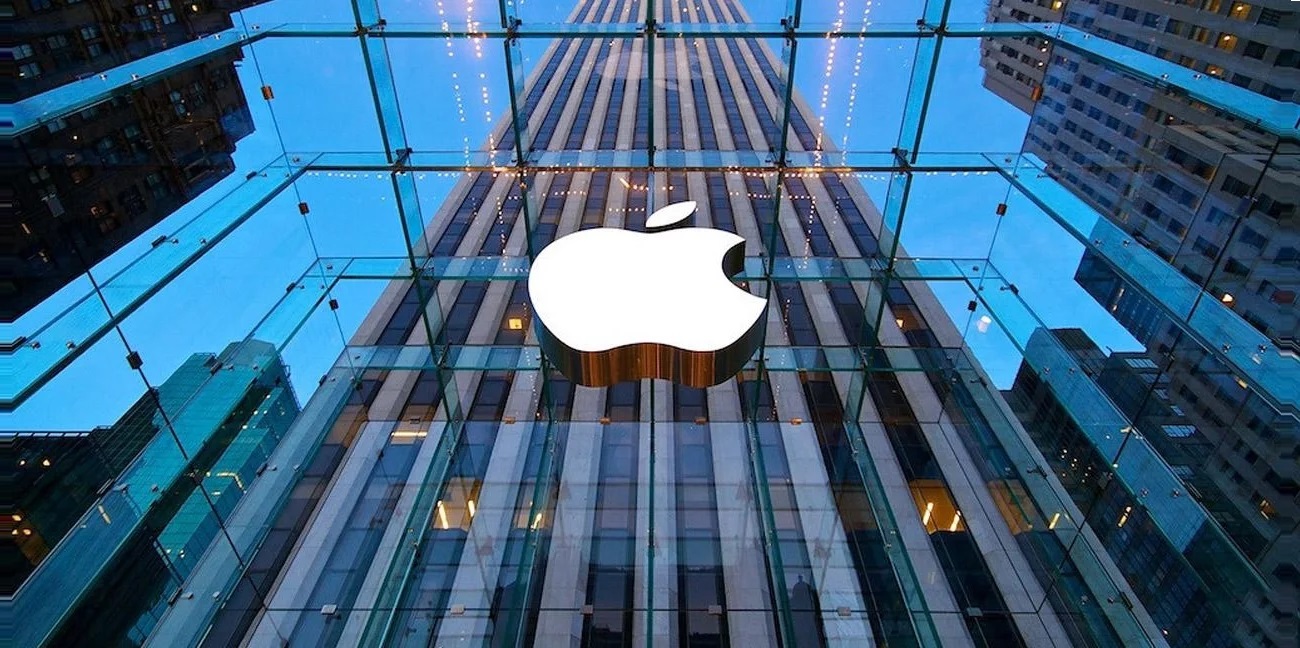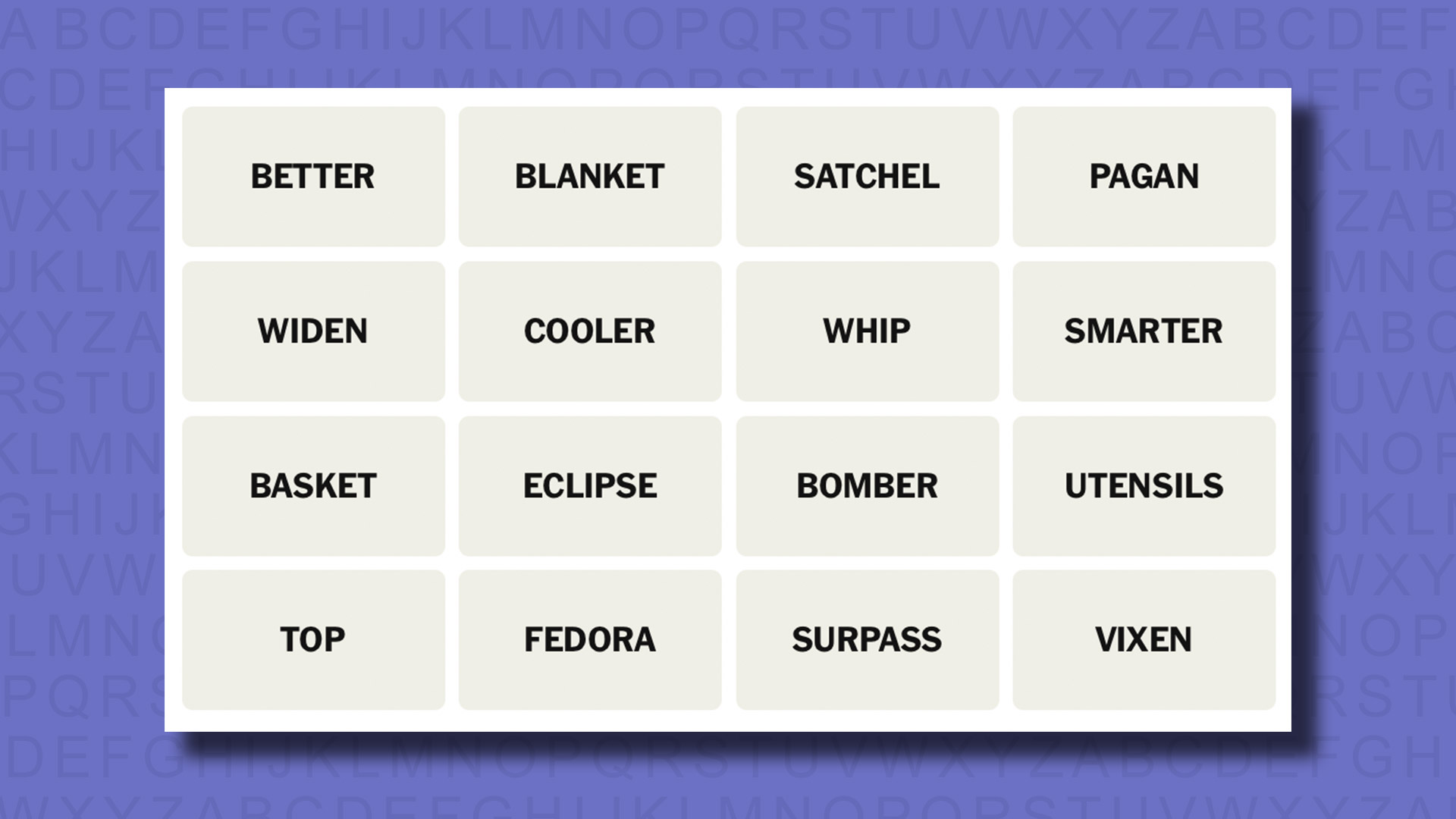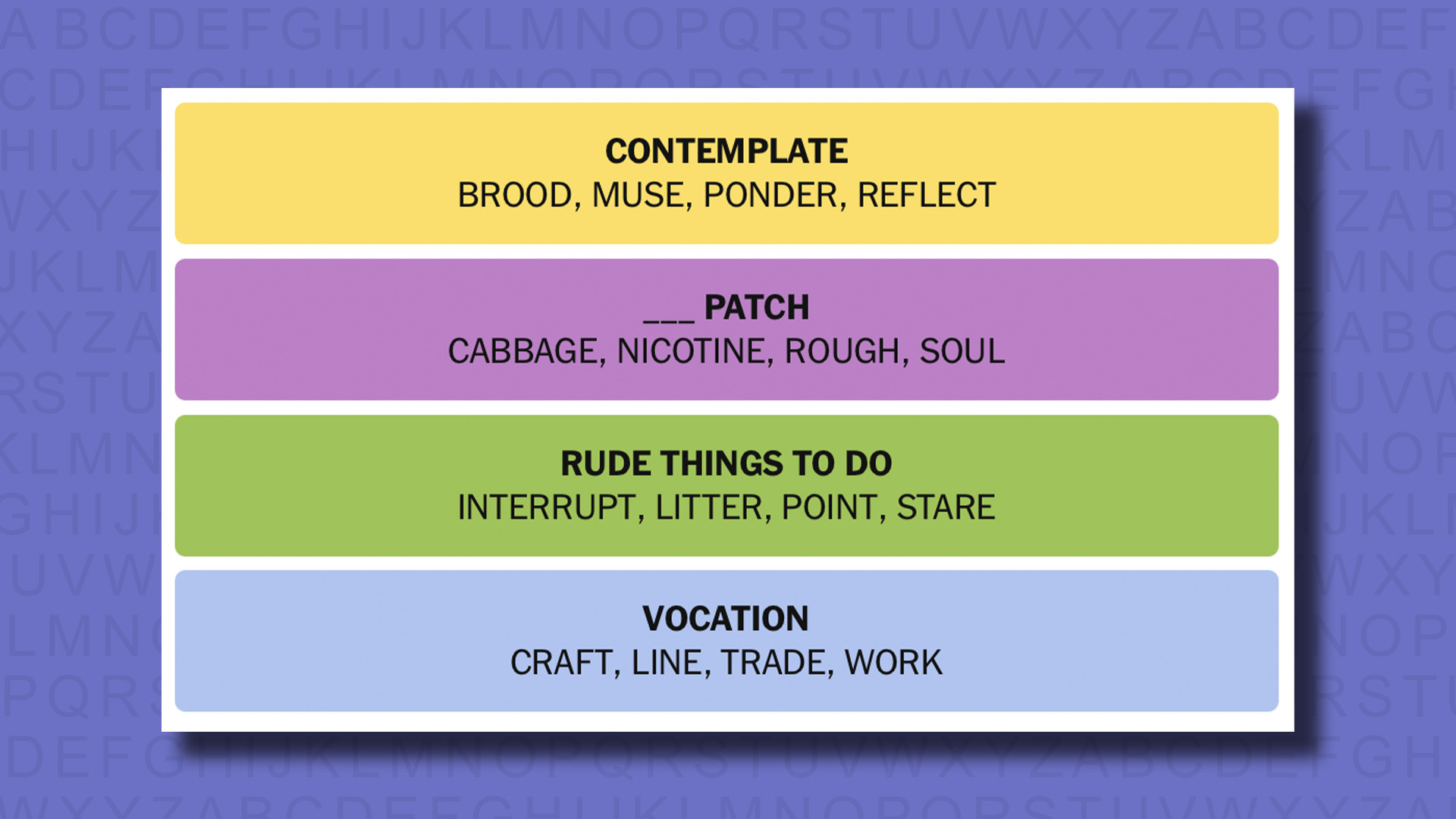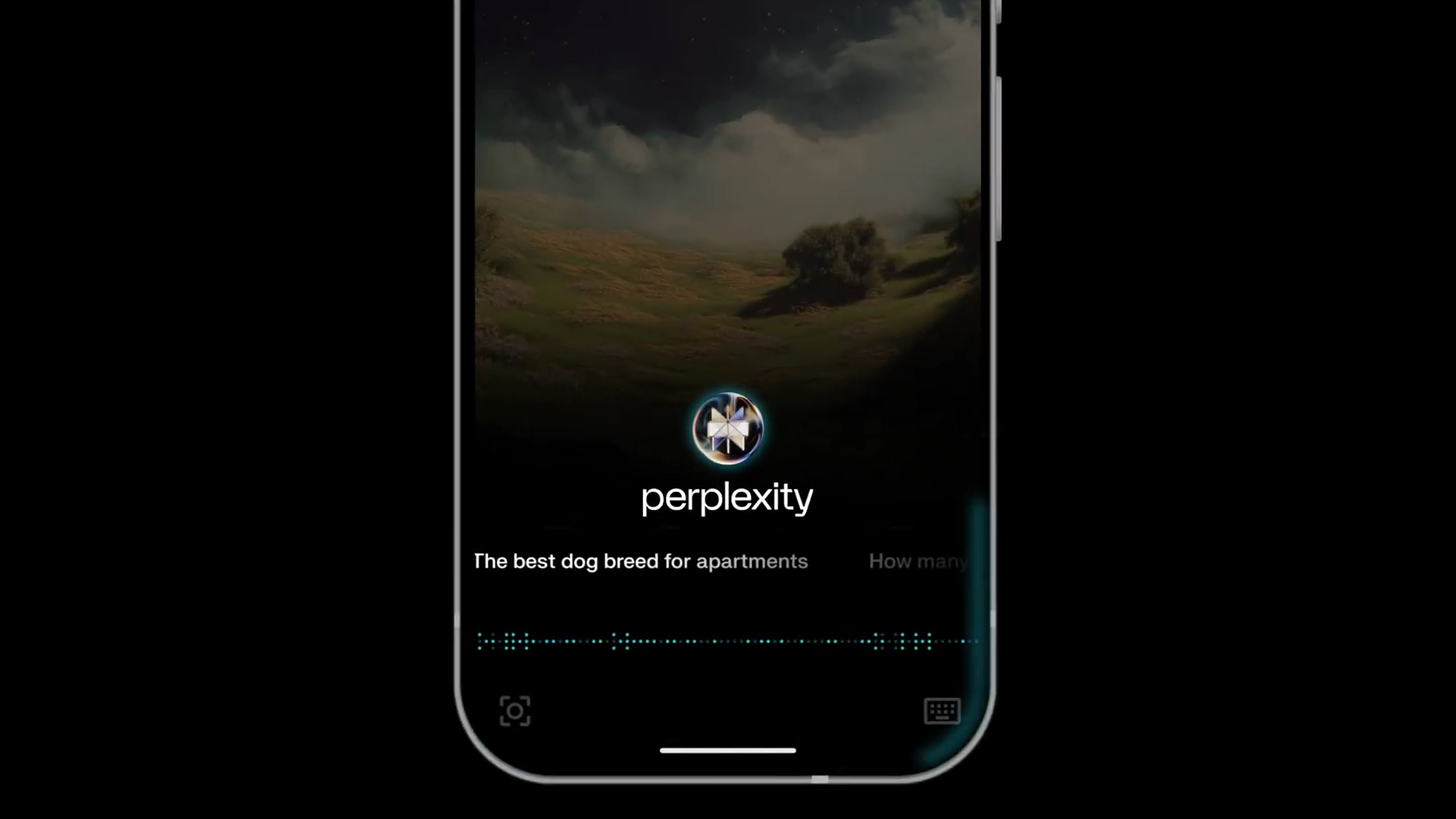- Apple has joined the board of the Ultra Accelerator Link consortium
- The link is a key technology that binds GPUs, not unlike synapses on neurons
- UALink is emerging as the biggest rival to Nvidia’s proprietary NVLink
Back in June 2024, we reported how a number of big tech names had banded together to form the Ultra Accelerator Link (UALink) Promoter Group, a strategic move aimed at reducing Nvidia‘s dominance in the AI accelerator market.
Directly competing with Nvidia’s proprietary NVLink technology, UALink seeks to develop a new industry standard for high-speed, low-latency communication for scale-up AI systems in data centers. It already has the backing of Intel, AMD, Google, Microsoft, Meta, HPE, Cisco, and Broadcom, but now Apple has joined the UALink board too.
“UALink shows great promise in addressing connectivity challenges and creating new opportunities for expanding AI capabilities and demands,” said Becky Loop, Director of Platform Architecture at Apple. “Apple has a long history of pioneering and collaborating on innovations that drive our industry forward, and we’re excited to join the UALink Board of Directors.”
Project ACDC
By joining the consortium, it seems likely Apple is planning to use UALink tech in “Project ACDC” (Apple Chips in the Data Center), also known as “Baltra.”
This rumored initiative, in collaboration with TSMC and Broadcom, aims to develop proprietary AI chips for Apple’s data centers, boosting the capabilities of its new Apple Intelligence.
Apple isn’t the only new firm to join the consortium; additional supporters include Alibaba Cloud Computing and Synopsys.
Expected to arrive in the first quarter of 2025, the UALink 1.0 Specification will enable up to 200Gbps per lane scale-up connection for up to 1,024 accelerators within an AI pod.
“We are pleased to welcome Alibaba, Apple, and Synopsys to the UALink Consortium Board of Directors,” said Kurtis Bowman, UALink Consortium Board Chair. “Since our incorporation, the Consortium has grown to more than 65 total members, spanning Cloud, Silicon and IP Providers, Software Companies, System OEMs, and others. The continued support for the Consortium will help accelerate adoption of this key industry standard, defining the next-generation interconnect for AI workloads.”






























You must be logged in to post a comment Login